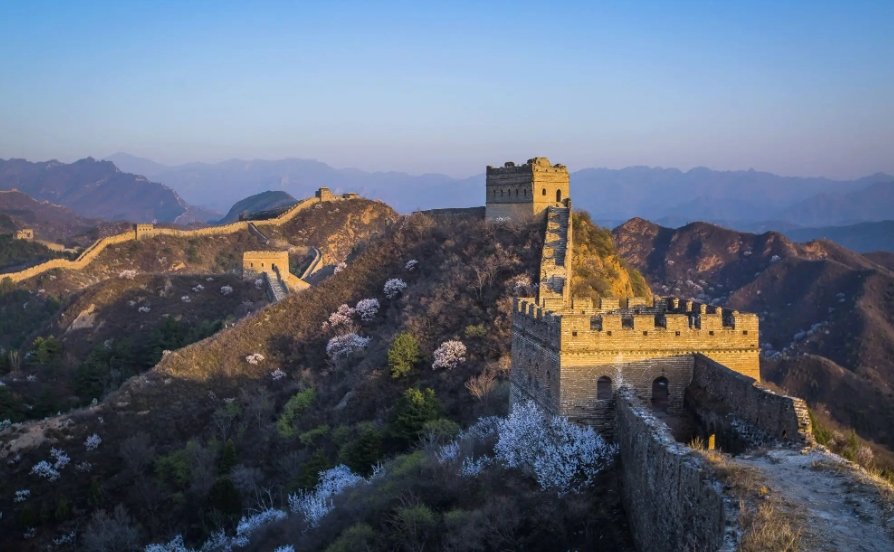
The Simatai Section: A Museum of the Great Wall
The Great Wall of China, a UNESCO World Heritage Site, is not a single continuous structure but a vast network of fortifications built over centuries. While its iconic status is undeniable, many sections have succumbed to the ravages of time. However, as travel writer Stanley Stewart notes, several sections are being restored, and among these, Simatai stands out as exceptional. “It is among the best-preserved sections and it is known for this reason as 'the museum of the Great Wall,'” he says. But what exactly earns Simatai this prestigious title?
Several factors contribute to Simatai's status as "the museum of the Great Wall":
1. Architectural Diversity:
Unlike other restored sections that often focus on a uniform aesthetic, Simatai showcases the architectural evolution of the Great Wall across different dynasties. Visitors can observe a fascinating blend of construction styles and materials, from the rugged stonework of the Northern Qi Dynasty to the intricate brickwork of the Ming Dynasty. This diversity offers a unique glimpse into the evolving defensive strategies and architectural ingenuity of the time.
2. Original Features:
Simatai retains a remarkable degree of authenticity. Many original features remain intact, including watchtowers, battlements, crenellations, and even inscribed bricks bearing the marks of the original builders. These tangible connections to the past allow visitors to experience the Wall not just as a monument but as a living testament to the lives and labor of those who built and defended it.
3. Strategic Significance:
Situated amidst a dramatic landscape of steep mountains and winding valleys, Simatai held immense strategic importance. Its precarious location on a high ridge provided a natural defensive advantage, offering panoramic views and controlling a crucial pass. This strategic placement is readily apparent to visitors, allowing them to appreciate the military considerations that shaped the Wall's construction.
4. Challenging Terrain:
While restoration efforts have made sections of the Wall more accessible, Simatai retains a degree of ruggedness that enhances its appeal. Steep ascents, crumbling walls, and unrestored sections provide a thrilling and immersive experience, allowing visitors to truly grasp the challenges faced by soldiers guarding this frontier.
5. Untouched Authenticity:
Unlike some overly-restored sections, Simatai retains a sense of untouched authenticity. The juxtaposition of restored sections with crumbling walls and overgrown vegetation enhances its historical resonance, offering a poignant reminder of the passage of time and the enduring legacy of this remarkable structure.
Simatai stands as a testament to the architectural genius, strategic brilliance, and unwavering spirit of ancient China. By preserving the diverse construction techniques, original features, and challenging terrain, Simatai offers an unparalleled journey through time, solidifying its position as "the museum of the Great Wall."
Q&A
1. Q: Why is the Simatai section of the Great Wall called "the museum of the Great Wall?"
A: Simatai earns this title due to its exceptional preservation, showcasing a range of architectural styles from different dynasties, retaining original features, and offering a glimpse into the strategic significance of its challenging terrain.
2. Q: What can visitors expect to see at the Simatai section?
A: Visitors can experience a mix of restored and unrestored sections, diverse architectural styles, original features like watchtowers and battlements, and stunning views of the surrounding landscape.
3. Q: How does visiting Simatai differ from visiting other restored sections of the Great Wall?
A: Simatai provides a more rugged and authentic experience compared to heavily restored sections. Its blend of restored and unrestored elements, challenging terrain, and preserved original features offer a more immersive and historically evocative experience.
note: This return of all, without the author's permission, may not be reproduced